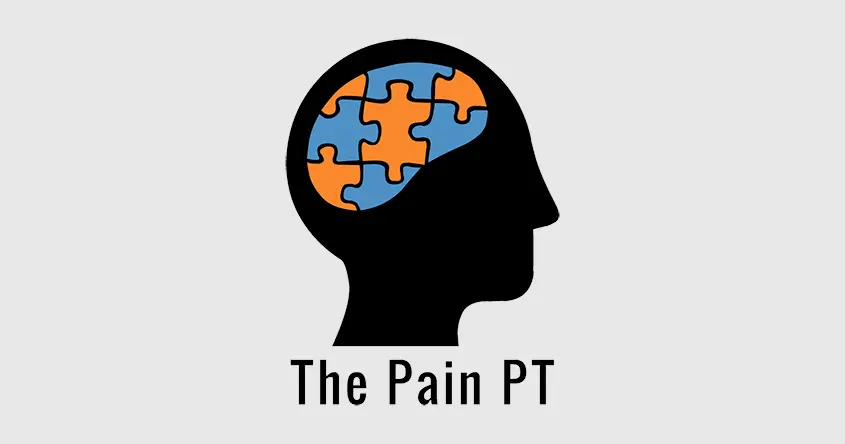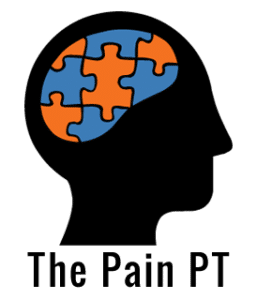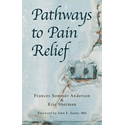Impaired Threat & Safety Learning With Chronic Pain

This 2022 study in the Journal Pain found what I see daily with chronic pain patients. The researchers ‘conclude that chronic back pain is associated with altered threat and safety learning. This ambiguity to emotionally evaluate threat and safety information might lead to overly protective behavior and thus contribute to the maintenance of chronic pain.’ What I see is people thinking, believing, and acting like the pain is a threat to them. Part of the problem is that we equate acute or sub-acute pain with chronic pain and look at and treat them in the same ways.
A large percentage of chronic pain is due to changes in the brain networks vs structural issues in the body. The authors state: ‘Aberrant pain-related learning and extinction in chronic pain states may be further related to structural and functional changes in emotion regulation networks and networks underlying higher cognitions. Especially, safety learning deficits might be the result of functional and neurochemical changes in the mesolimbic dopamine circuitry in chronic pain.’
Chronic pain I believe can result from both threat vs safety deficits being prexisting, as in learned from adverse childhood events, traumas, PTSD, or life stressors, and/or result from the pain itself when it is not extinguished in a reasonable amount of time. The researchers say we still need more studies to determine this. ‘The functional relevance of this effect needs to be explored in longitudinal studies to discern whether learning deficits are the cause or consequence of chronic pain.’
Once we have ruled out structural issues as the primary cause in chronic pain, we need to rule in the brain as the main issue and start to teach patients that even though their chronic pain may hurt terribly, there’s no real danger or threat. The pain can persist from a danger signal in the brain. A brain that perceives danger or threat and does not feel safe. The authors state ‘patients may have adopted a “better safe than sorry” strategy on an affective-motivational level. Moreover, impaired discrimination learning could contribute to increased avoidance behavior when patients are not able to properly distinguish the safety from the threat stimulus.’






